The Sennheiser GSP670 Wireless Gaming Headset Review: Cutting The Cord
by Andrei Frumusanu on July 5, 2019 8:00 AM EST- Posted in
- Gaming
- Headset
- Audio
- Sennheiser
- GSP670
DAC Quality Investigation
To investigate the audio quality issues more in depth and to verify that it’s not just some side-effect of my measurement rig, I went ahead and dismantled the headphones and soldered in measurement cables into the speaker’s inputs so we can actually also measure the electrical audio signal from the DAC.
I limited my measurement to one channel on the right speaker for practical reasons, as anyhow the key measurements and characteristics we saw are present on both channels.
The frequency response of the signal coming out of the DAC and powering the speakers is pretty much flat for both transmission methods, however we do see some larger deviations on the GSA70 connections in the bass range, and of course we now confirm that the massive distortions on the Bluetooth connection past the 20KHz mark are part of the signal from the DAC.
When zooming in, we also see smaller artefacts and they’re quite different between the two connections.
I took the opportunity to measure stereo cross-talk, and indeed we’re seeing a relatively standard FR response curve when measuring the R channel while playing back on the L channel.
Please note that for the electrical measurements I attempted to adjust the output voltage (calibrated via external multimeter, dBV values are accurate) to get as close as possible to each other, to definitely rule out that distortion on the GSA70 isn’t simply because of its higher volume.
Again here we see the same oddity as on the speaker measurements that the Bluetooth connection is seemingly shifting down the higher harmonics by 500Hz – and again, that’s simply my interpretation of the behaviour when looking at the peaks. But even when taking this into account, overall distortion on the GSA70 is still higher.
I had made all measurements while calibrating the output voltage to the 1KHz signal test, so again it’s interesting to see that for the Bluetooth measurement here again it went quite further down in amplitude for the higher frequency fundamentals.
There’s notable distortion above 20KHz and this was confirmed by what we saw in the FR curve. On the GSA70 this time around we again see a ton of distortion elements in the lower frequencies, showcasing some worse off results.
In the SMPTE test notice how the 60Hz peak doesn’t change all that much in amplitude compared between the two connections as opposed to the much lower 7KHz tone in the BT measurement. Distortions on BT oddly enough again are lower frequency, but also lower than on the GSA70.
On the DIN test we again see a similar patterns – lower higher frequency volume on the BT test, but also lower distortions.
Overall Audio Conclusion
Overall, I’m not too sure what to make of the GSP670’s audio performance. On one hand, the actual speakers as well as drivers seem to be very high quality and it seems that in that regard they’re very much typical of Sennheisers within this price-range.
However, the core issue of the headphones is that they seemingly fail when it comes to the actual electrical signal output as well as the DAC quality of the CSR8670 ASoC that the company opted to use for powering these headphones.
My two main gripes are the headphone’s idle noise behaviour as well as the too high distortions on the GSA70 which are very much noticeable in every-day listening. Both these issues fundamentally are characteristics of a too weak DAC – the 16bit resolution of the unit just doesn’t cut it as it doesn’t have enough headroom to drive down the noise floor below audible levels.
The inter-modulation behaviour and differences between the GSA70 and Bluetooth are also hard to explain. Both behaved off the mark, but in the end the Bluetooth output did however give a much better sound experience.


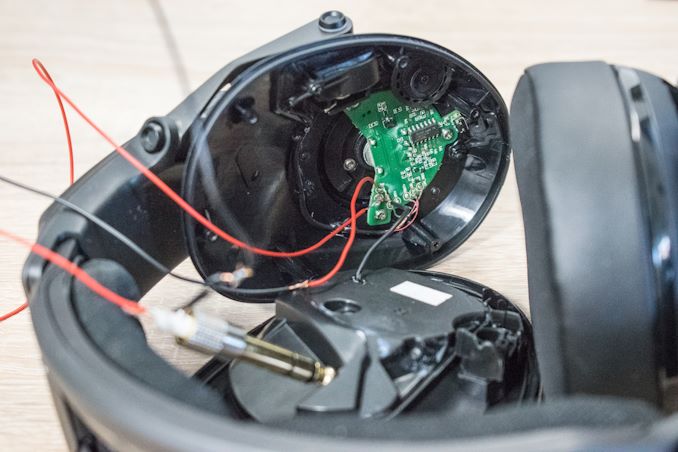

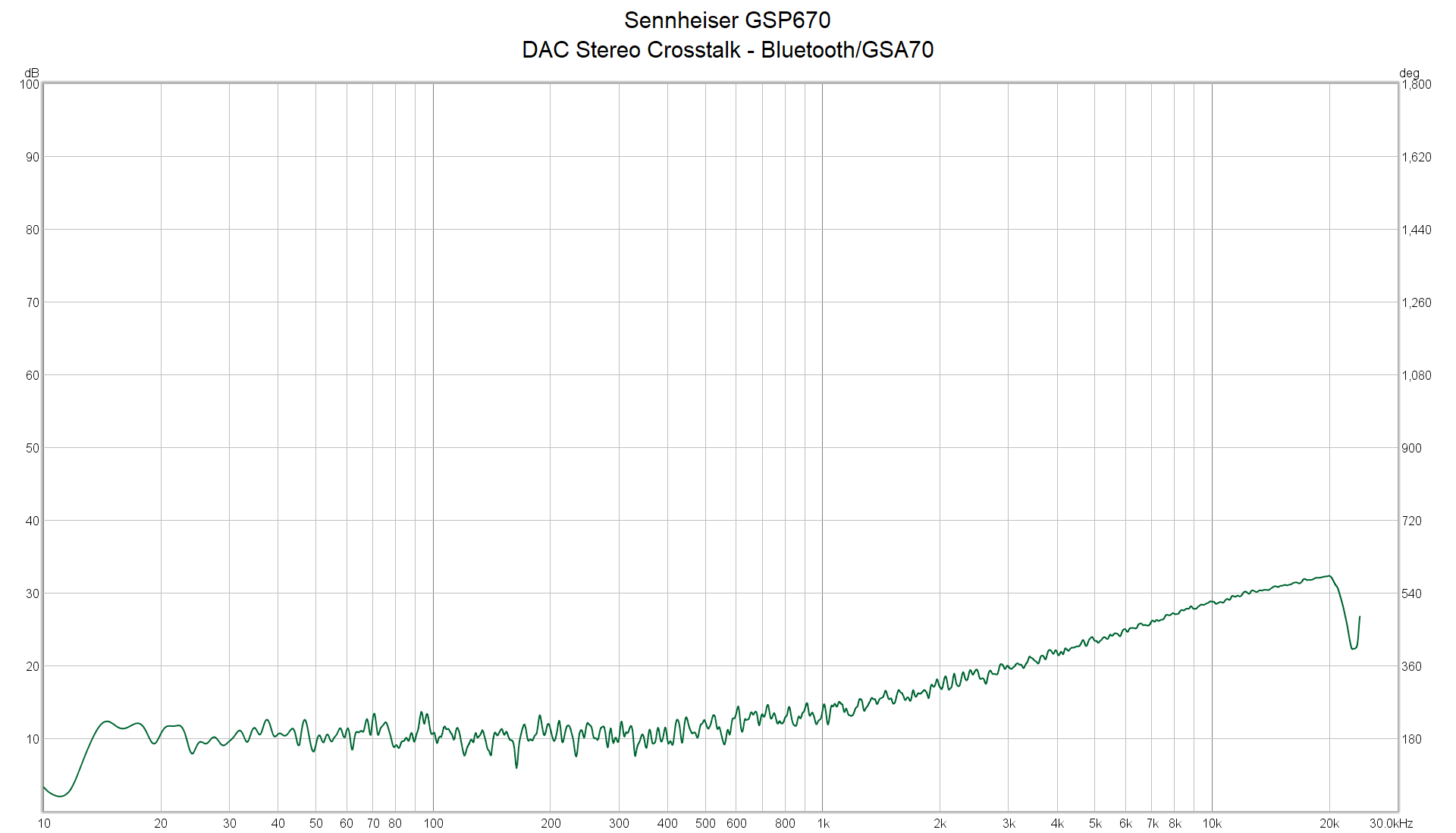

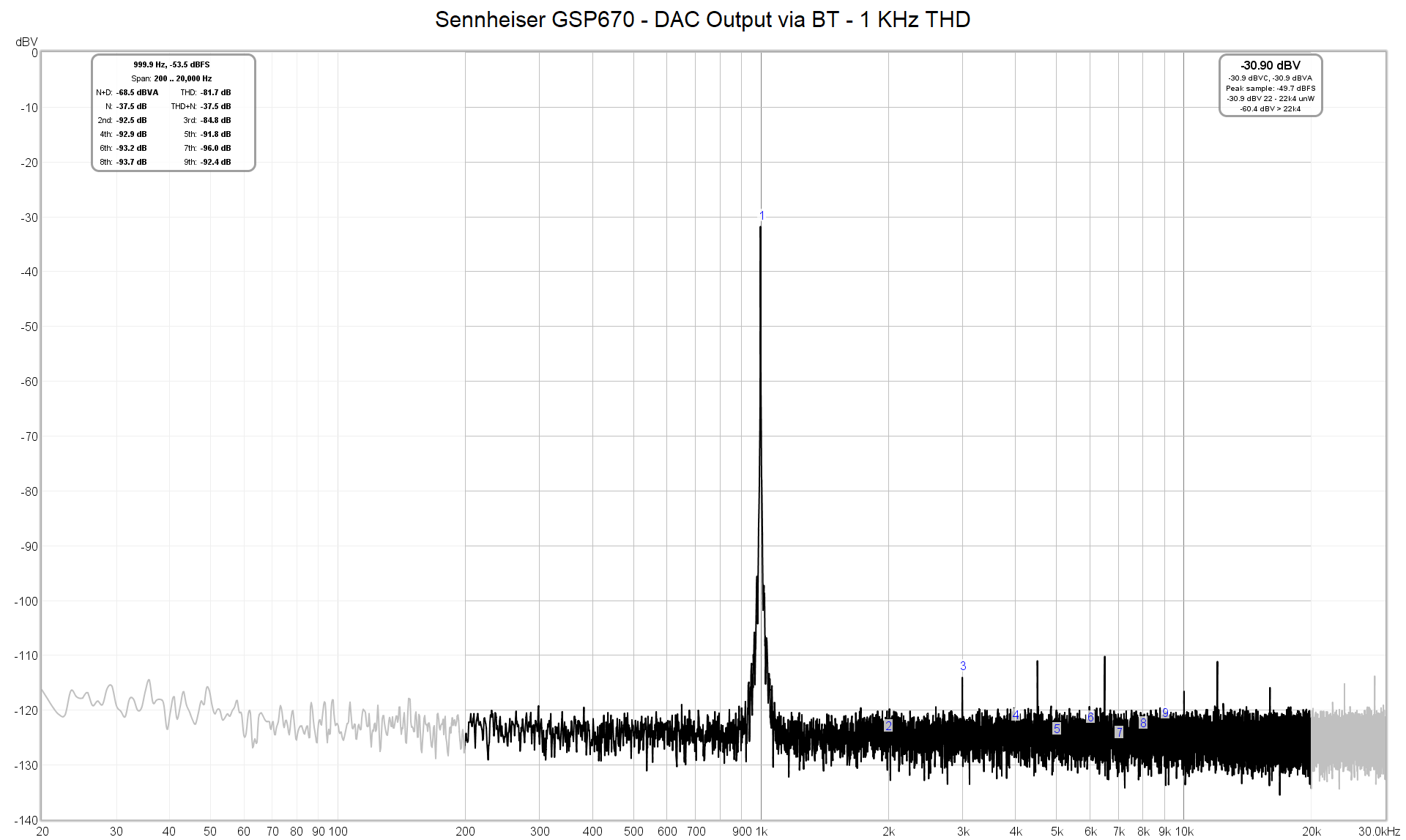
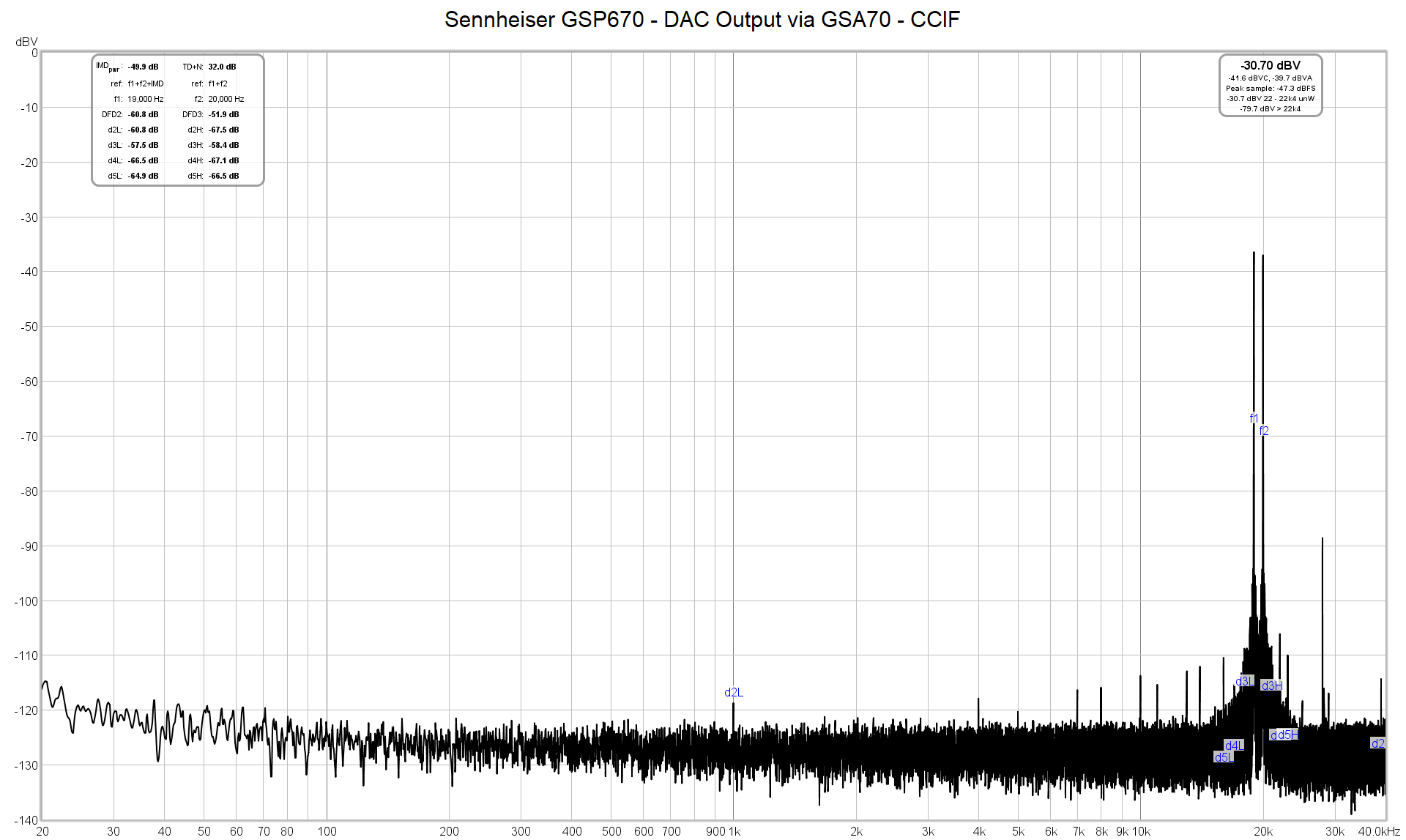
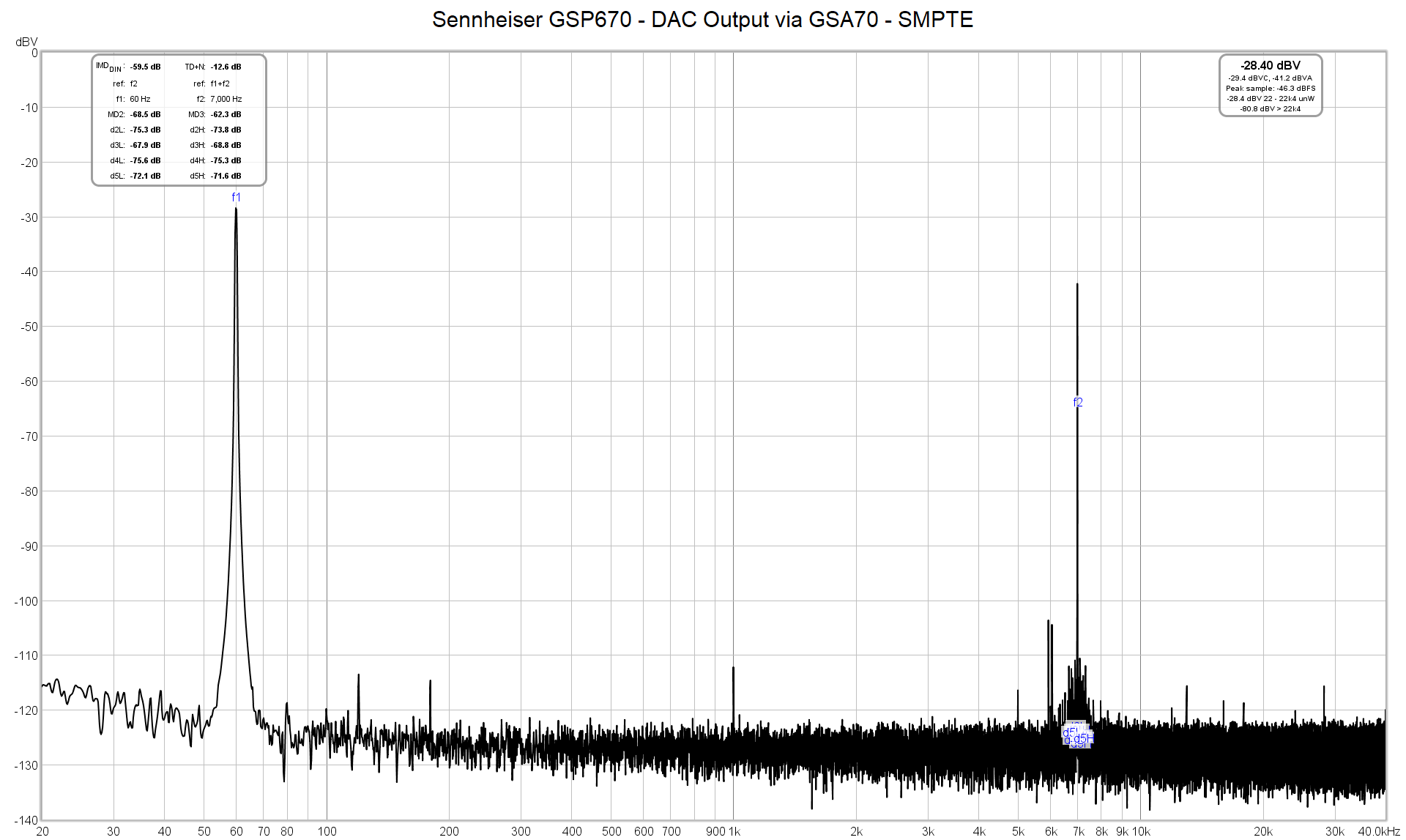









29 Comments
View All Comments
bunkle - Friday, July 5, 2019 - link
Agreed. There are many closed circumaural headphones that sound great. I use a closed backed Beyerdynamics DT 150 but there are many more depending on your taste: https://diyaudioheaven.wordpress.com/BenSkywalker - Friday, July 5, 2019 - link
Has there ever been a closed can that sounded better than an all else identical open one? Ever?Yes, a good set of closed cans will sound better than garbage open ones, but all else equal I've yet to see an example where the open headphone was not markedly superior.
bunkle - Friday, July 5, 2019 - link
"Sounds better" is highly subjective sweeping generalization but you certainly get closed headphones that have similar frequency response, distortion and harmonics up there with the best open backs. A nice example is the MrSpeakers Aeon that comes open and closed. Again completely subjective whether the closed "sounds better" but it's well regarded.whyaname - Friday, July 5, 2019 - link
I made an account just to reply to this.Sony R10
Apparently the best dynamic closed headphone ever made.
If you read about them, they are often compared to even the best electrostatic headphones there are.
They have the "advantage" of being closed and thus isolating the listener from unwanted background noise.
Sony only produced from what I remember roughly 2000 units as they apparently made a losswith every sold unit as it was a more of a "look we can" than "this exists to actually make money" kinda thing.
They developed together a biotech company a bacteria that produced the biocellose that was used for those cans.
Lots of other over the top stuff for them.
I really would like to get the chance to listen to a pair, but they are just that rare.
I read that someone that bought them back in the day in england had some higher up from Sony personaly deliver the headphone.
ZolaIII - Saturday, July 6, 2019 - link
Sony in the particular case used organic diagrams that ware approximately an order of magnitude thinner than usual & much more elastic but the same material would simply be to fragile for a open design. It always whose a very hard task to achieve a good implementation even with big resonance boxes for speakers involving additional barriers it's an art to be more precise. Same simply can't be used on headphones.iamlilysdad - Monday, July 8, 2019 - link
Did they make an open version of the R10 to compare the closed version to? If not, then that does not answer the question.The closest comparison I can think of the Sennheiser 800s compared to the 820. Open and closed of the same headphone.
BenSkywalker - Friday, July 5, 2019 - link
Air pressure?Either your headphones don't isolate so you get proper airflow, or they do isolate and you get echo/reverb issues.
ZolaIII - Saturday, July 6, 2019 - link
Simple as it is drivers need to dance (actually diagrams do). When ordinary materials used it's much easier to secure more optimal ripples with something that has a air flow than with something that is siled up. I prefer semi open back over the ear headphones. There are examples of closed back headphones which achieve outstanding bas (where cans need to dance the most) but those are rare (MEE 6 Pro being the last surprising one's in my case even more because those are tiny in ear [achieved true dancing driver]), they simply cannot have the sound stage as wide as open one's equally made.astrocramp - Saturday, July 6, 2019 - link
I prefer open back also, with one huge advantage other than sound that you can hear what's going on around you. I use Audiotechnica for gaming, but I don't think I've ever seen a wireless open back headset outside of the real expensive wireless audiophile Sennheisers (with no mic).willis936 - Friday, July 5, 2019 - link
Excellent work. It would be cool to see phase plots for latency measurements in future wireless testing. I’m not sure if test software is capable of sending samples to two drivers at the same time, as that would be important.